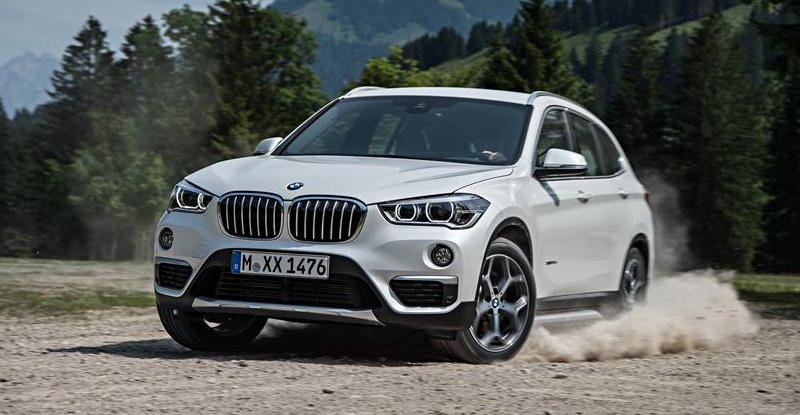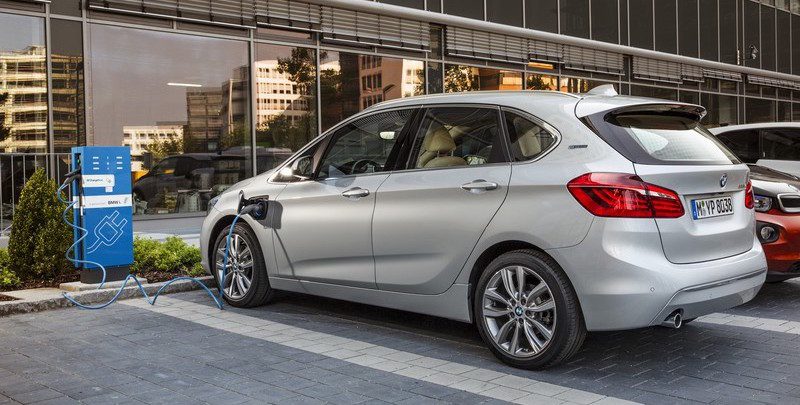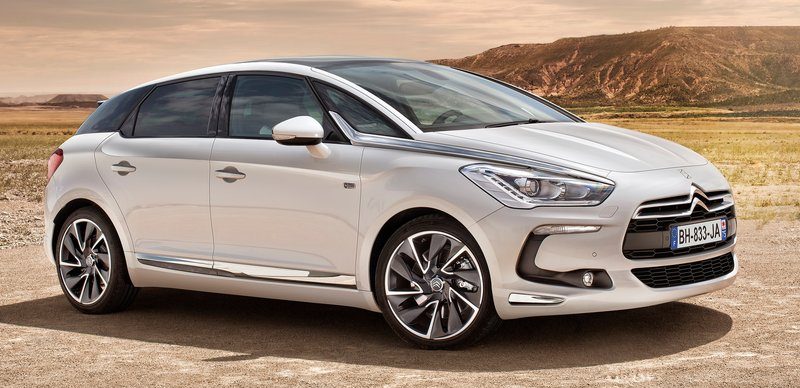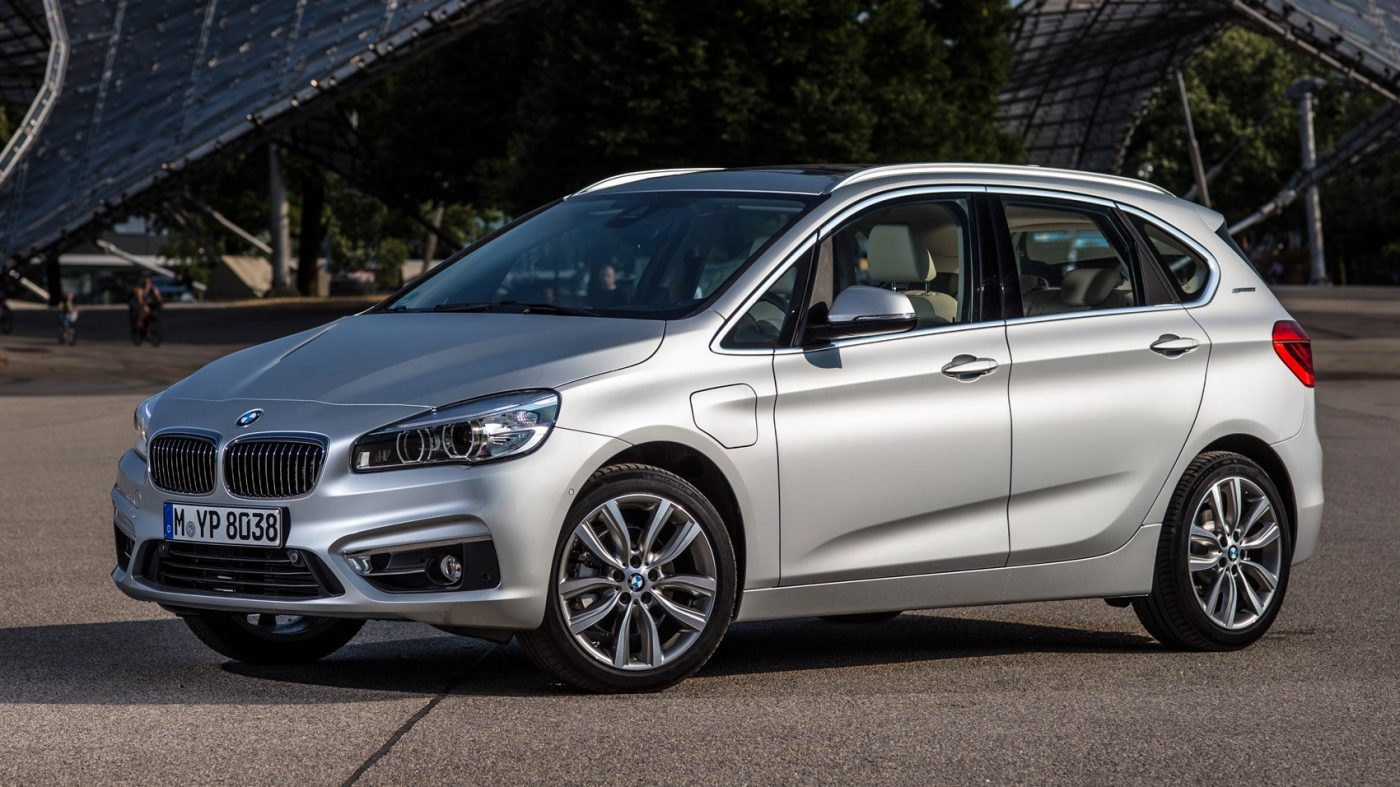The hybrid trend may have started in Japan, but it is really US customers that were first to wholeheartedly embrace the technology, making the Toyota Prius the giant success that it is today. Ever since it became clear that the technology had the power to lure customers into the showrooms, and, more importantly, open their wallets wider than they would for conventionally-powered cards, carmakers have been trying to offer hybrid cars of their own. Some, though surprisingly few, have taken on the Prius directly (the poor Honda Insight, now Hyundai Ioniq and Kia Nero). Others, primarily Toyota’s luxury brand Lexus, have made good money of offering hybrid options on their luxury cars – a bandwagon that the German luxury brands have belatedly caught onto. Others still have tried to offer hybrid versions of mainstream cars, mostly meeting with moderate to no success (Honda, Ford, Nissan, VW). But the one niche that has not yet truly been tapped in the US, unlike in Europe, is that for smaller cars where a hybrid drivetrain can be used to give normally FWD cars a second set of driven wheels.The original: Peugeot 3008 and 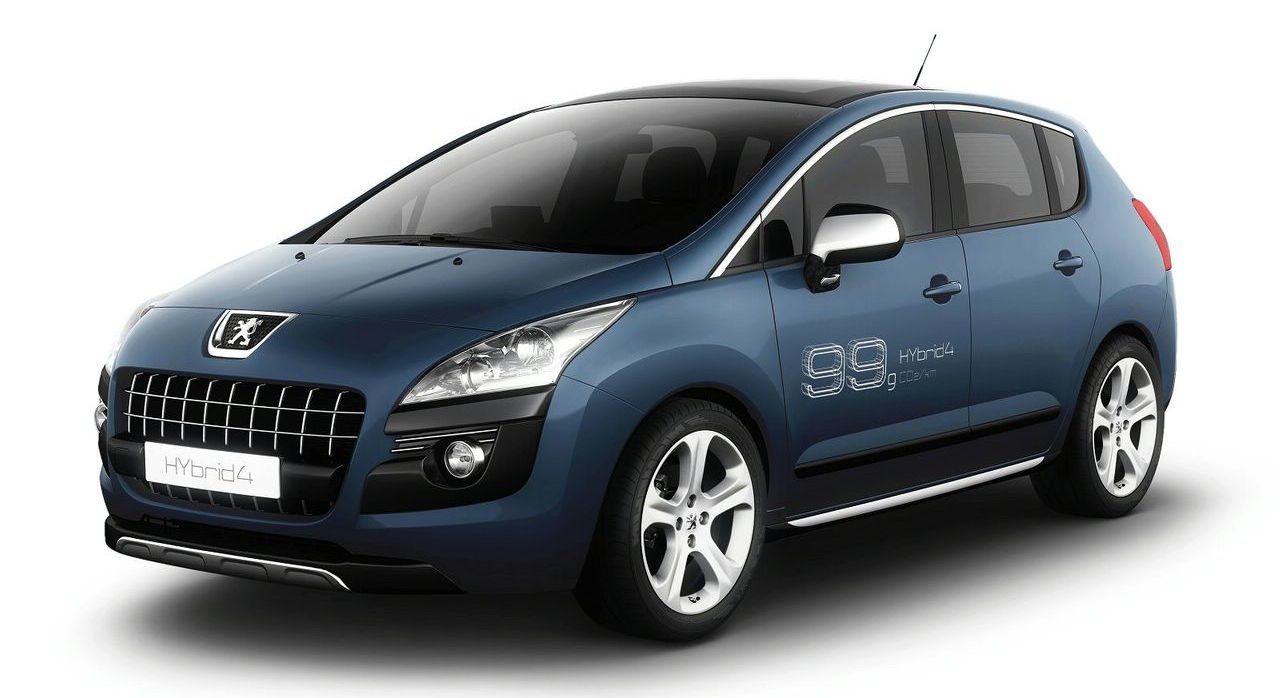
The first-generation Peugeot 3008 and Citroën’s DS5 (now simply the DS5) were the first models to offer PSA’s take on the 4WD hybrid idea, called Hybrid4. The drivetrain mated a 163bhp 2.0-litre 4cyl diesel engine driving the front wheels, and a 37bhp electric motor driving the rears. The system met with moderate success, despite being hampered by its weight and cost. Nonetheless, Peugeot is expected to introduce a Hybrid4 version of its recently-unveiled 5008 and 3008 models before long.
The “reverse i3” BMW minivan
Proving that the idea had legs, BMW introduced a hybrid 4WD version of its compact minivan, the Europe-only 2-series Active Tourer. Billed as using technology straight out of the brand’s i3 hybrid supercar, the 225xe version of the 2-series AT installs the 134hp 1.5-liter turbo-triple up front, and a 87hp electric motor out back. With a combined output of 221hp and a 25-mile electric-only range, the 225xe offers a great alternative to the petrol-only 225i xDrive for not a lot much outlay.
The American hopeful
Not all is lost for the US, however, as there are rumors circulating that before 2016 is over, BMW will introduce a hybrid version of its small X1 crossover. Based on the same platform as its 2-series Active Tourer sibling, the model could easily adopt that drivetrain from that model, though the jury is out whether US customers will be willing to pay more than $35,000 for a model powered primarily by a small 3-cylinder engine. Still, the i8 sells in decent numbers in the US, so why not?